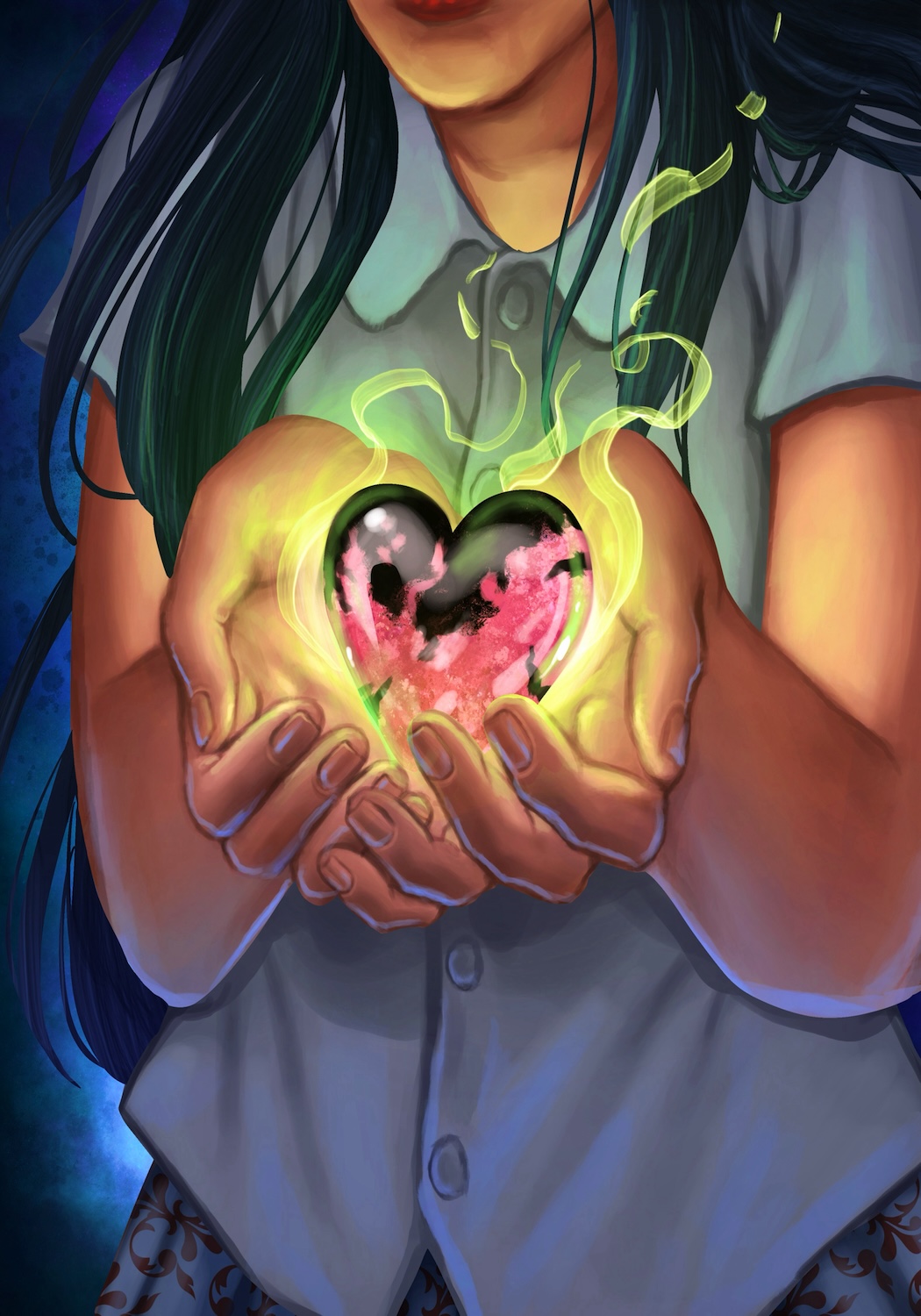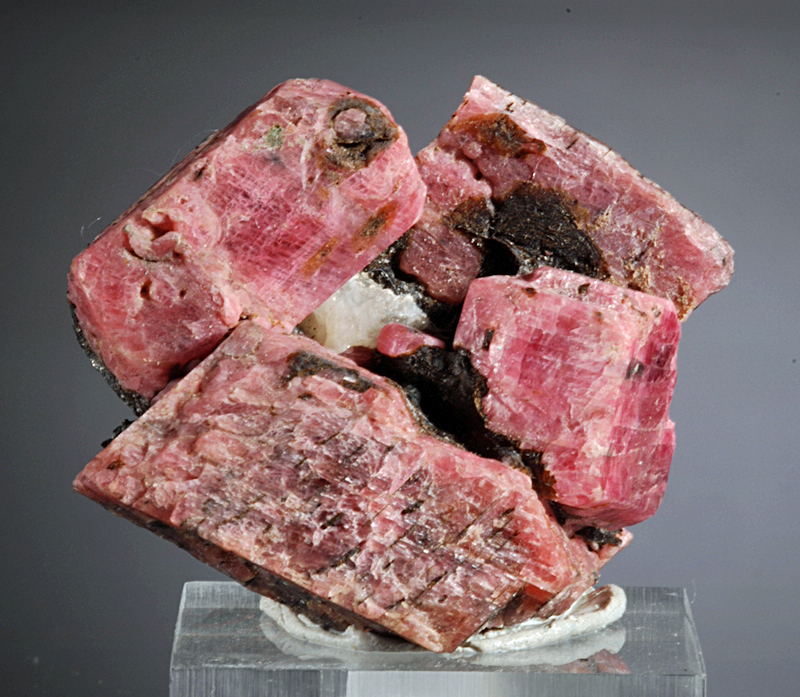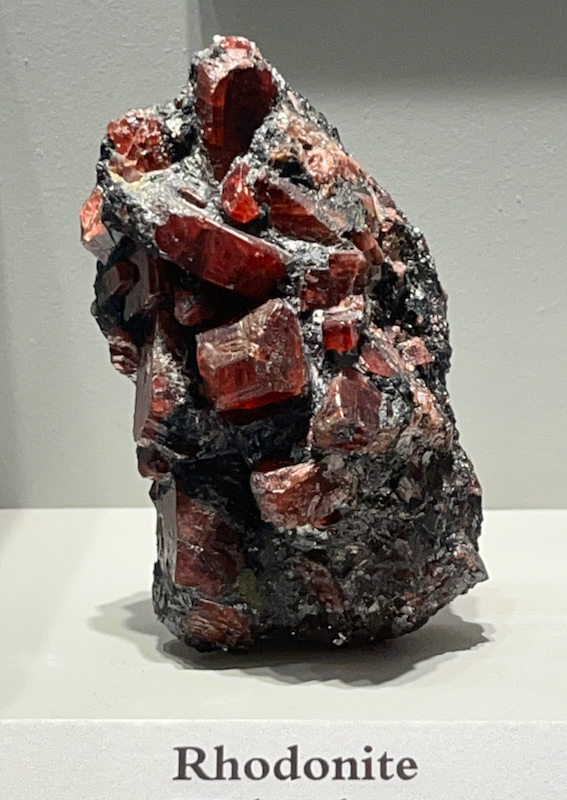Rhodonite
Rhodonite is often confused with the mineral rhodochrosite, and for good reason. Their names are similar, they’re similar in color, and they’re often sold side-by-side as beads, carvings, and tumbled rocks, in such a way as to make people think they’re interchangeable. But these stones are actually quite different at heart. Not only are they from different chemical families, but rhodonite is a harder rock and, unlike rhodochrosite, it’s often mottled up with black or gray veins and splotches. If rhodochrosite symbolizes romance and wide open hearts, think of this rock as being more aligned with hearts that have been hurt. If it’s showing up for you now, it’s to offer comfort and hope. Because even if your own heart has been scarred by the past, this lovely stone is proof that a heart splotched or hardened by pain is every bit as precious, beautiful, and lovable as one that’s unmarred. And it’s just as capable of loving others, too. In fact, many would say it’s more so!
The Bottom Line
HEARTACHE
“Your heart will be stronger for its hurts.”
One Or More Of These Messages Are For You
-
- You’ve been through some experiences that have hurt your heart, but you’re still every bit as worthy of love as you ever were or ever could be.
- You didn’t deserve the bad things that happened to you.
- Your broken heart can heal and grow stronger from its hurts.
- This is your sign that your heart is indeed already healing and reassurance that you’ll be okay.
- You’re far from alone: Just about everyone gets their heart broken at some point.
- No one deserves to be rejected, and yet everyone experiences rejection.
- The surest way to heal a broken heart is to totally and completely love and accept yourself.
- Accept your wounds and hurts as part of who you are, but refuse let them define you.




